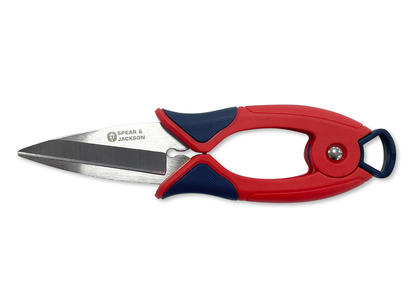
The Garden in February

The month to begin seed sowing is here, and the first hints that the earth is sending up new life are appearing.
Caution is still needed; unless you have artificial grow lights, some seedlings will become leggy before reaching the outside. Plants perfect for sowing now are peppers and tomatoes, which need as long a growing season as possible in the UK and which won’t mind having their stems buried deeper to add extra support.
Plant of the month: Helleborus x hybridus Harvington double red
Hellebores are the cream of the crop at this time of year. They are among the earliest flowering plants, and go on for weeks. They have rich evergreen foliage. Harvington double red has fantastic ruffled flowerheads – a rich colour for this time of year. You’ll want to prevent less vibrant offspring popping up by cutting off seedpods later.
The flower garden
-
Start sowing hardy annuals indoors, with plenty of light
-
You can start dahlias and gladioli into early growth inside by potting up and watering lightly
-
Deadhead winter flowers to prolong their display
-
Cut back any spoiled deciduous grasses now before new growth comes up
-
Root cuttings can be taken if you want extras of your top specimens
The edible garden
-
Tomato, pepper, cucumber and aubergines can be sown indoors now
-
Once picked up, you can begin chitting your seed potatoes – sit them in old egg boxes in the window to encourage budding
-
It’s your last opportunity to winter prune apples, currants, pears and autumn raspberries
-
Protect any early-blossoming fruit trees from frosts which could deprive you of an entire year’s harvest
Project of the month: Dividing and propagating bulbs
You may be excited about sowing certain seeds now that spring is drawing closer, and revelling in snowdrops, hellebores and crocuses. How about leaving the seed trays to one side, picking up a sharp, sterilised knife and making more of your favourite bulbs? There are a few ways to do this, at different times of year.
Snowdrops are better divided and replanted “in the green” – that is, with green growth as opposed to dormant bulbs. Just dig up large clumps, separate bulbs and replant in smaller colonies wherever desired. Dormant bulbs can be sold too dried out, and these won’t grow once buried.
Once you’ve done enjoying any of your bulbs, you can dig them up and try other techniques for multiplying your stock. It often takes a couple of years or more to get the flowers, but patience pays off, and is very satisfying when successful:
-
Pick off and pot up offsets (baby bulbs)
-
Detach bulbils from leaf axils and grow these on
-
Pull off scales and keep in bags of moist vermiculite to promote new bulb development. This works well with lilies
-
“Chipping”, where you slice some bulbs, ensuring each section has some basal plate, and again encourage bulb development by storing in moist vermiculite for a few weeks. Allium, Narcissus and Fritillariarespond well to this method


